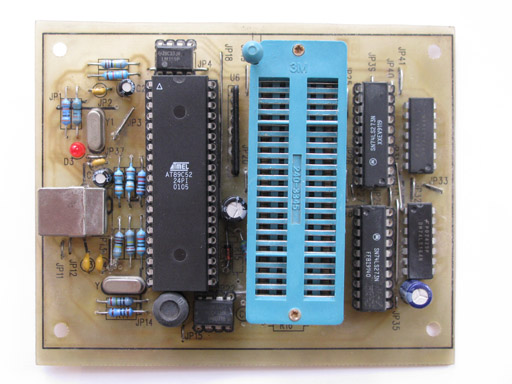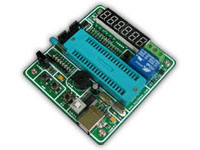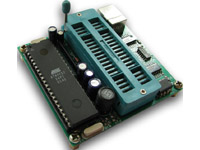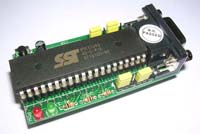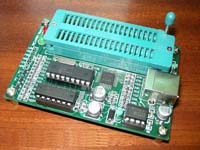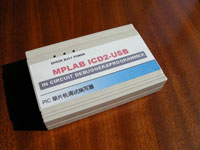- /*====================================================================================================
- 这是从网上找来的一个比较典型的PID处理程序,在使用单片机作为控制cpu时,请稍作简化,具体的PID
- 参数必须由具体对象通过实验确定。由于单片机的处理速度和ram资源的限制,一般不采用浮点数运算,
- 而将所有参数全部用整数,运算到最后再除以一个2的N次方数据(相当于移位),作类似定点数运算,可
- 大大提高运算速度,根据控制精度的不同要求,当精度要求很高时,注意保留移位引起的“余数”,做好余
- 数补偿。这个程序只是一般常用pid算法的基本架构,没有包含输入输出处理部分。
- =====================================================================================================*/
- #include <string.h>
- #include <stdio.h>
- /*====================================================================================================
- PID Function
- The PID (比例、积分、微分) function is used in mainly
- control applications. PIDCalc performs one iteration of the PID
- algorithm.
- While the PID function works, main is just a dummy program showing
- a typical usage.
- =====================================================================================================*/
- typedef struct PID {
- double SetPoint; // 设定目标 Desired Value
- double Proportion; // 比例常数 Proportional Const
- double Integral; // 积分常数 Integral Const
- double Derivative; // 微分常数 Derivative Const
- double LastError; // Error[-1]
- double PrevError; // Error[-2]
- double SumError; // Sums of Errors
- } PID;
- /*====================================================================================================
- PID计算部分
- =====================================================================================================*/
- double PIDCalc( PID *pp, double NextPoint )
- {
- double dError,
- Error;
- Error = pp->SetPoint - NextPoint; // 偏差
- pp->SumError += Error; // 积分
- dError = pp->LastError - pp->PrevError; // 当前微分
- pp->PrevError = pp->LastError;
- pp->LastError = Error;
- return (pp->Proportion * Error // 比例项
- + pp->Integral * pp->SumError // 积分项
- + pp->Derivative * dError // 微分项
- );
- }
- /*====================================================================================================
- Initialize PID Structure
- =====================================================================================================*/
- void PIDInit (PID *pp)
- {
- memset ( pp,0,sizeof(PID));
- }
- /*====================================================================================================
- Main Program
- =====================================================================================================*/
- double sensor (void) // Dummy Sensor Function
- {
- return 100.0;
- }
- void actuator(double rDelta) // Dummy Actuator Function
- {}
- void main(void)
- {
- PID sPID; // PID Control Structure
- double rOut; // PID Response (Output)
- double rIn; // PID Feedback (Input)
- PIDInit ( &sPID ); // Initialize Structure
- sPID.Proportion = 0.5; // Set PID Coefficients
- sPID.Integral = 0.5;
- sPID.Derivative = 0.0;
- sPID.SetPoint = 100.0; // Set PID Setpoint
- for (;;) { // Mock Up of PID Processing
- rIn = sensor (); // Read Input
- rOut = PIDCalc ( &sPID,rIn ); // Perform PID Interation
- actuator ( rOut ); // Effect Needed Changes
- }
- }


